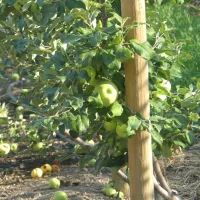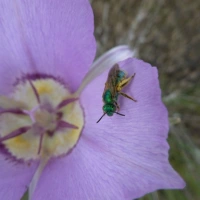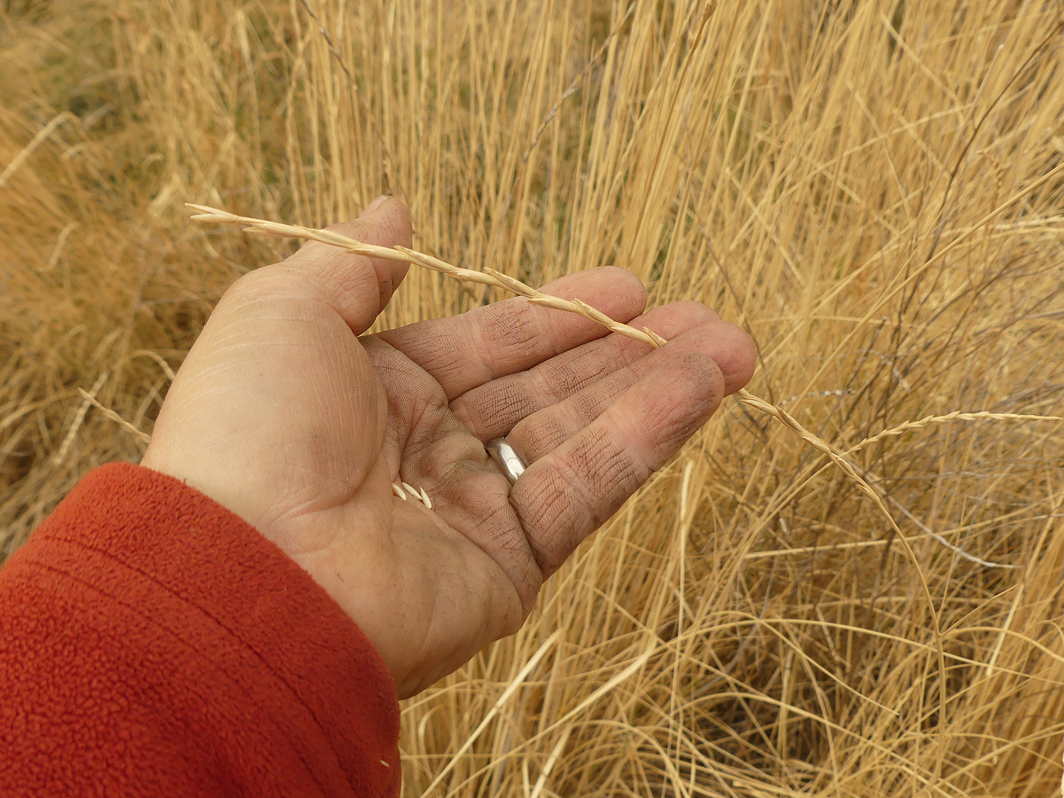There is a story to things. This bluff above an old Nimiipu’u village site on the Snake River in Idaho has a story:
Hells Gate State Park
Note the Fall Rye planted to stop erosion from dirt bikes. Note the swallows eroding it like the dickens with their nests Note the invasive cheatgrass. Note that this park is meant to preserve nature in an intact state, for contemplation and recreation.
All stories begin with the land. This land:
Hells Gate State Park
Just south of the previous image.
All stories have an interior and an exterior, and move between the two. We are looking here at the exterior above, if we take the name “Hells Gate” away. This is not a dark or frightening place. It’s a village, after all. People are making love there, children are running around, people are making dinner. Swallows are eating mosquitoes. Those aren’t frightening things.
The image below, on the north side of the next bend of the Snake, across from Clarkston, Washington, shows another exterior.
As an exterior, it’s grass and rock and shrubs and sky. It’s just there. An Interior, on the other hand, it’s how you feel about that. You might see a shamanic figure from the dream time, Mother Earth, a dry hill, beautiful, ugly, the edge of the Columbia flood basalt eroded by glacial outwash floods, or just home. The point is that there are emotions attached to in an interior, which a person experiences in a self. What you say about that is a belief or a feeling. Advertising (and language in general) is used to change that feeling or belief. It works quite well. That’s modern culture. However, just next to it, there is this:
A shamanic moose written on the land? How beautiful! In premodern culture, that observation comes from a deep reading of emotion in the land itself. In modern culture, on the other hand, an observation like that is an emotional projection. Modern culture offers no way to reconcile these differences except to generalize or universalize, which usually means that the premodern meaning gets relegated to a past and, as such, gets called fanciful or imaginative. The image below, courtesy of Google’s Robots, gives the idea.
It assumes that there is no depth to what you see, and it is all in the present. That’s a powerful cultural belief. What if there is depth, though, although hidden from this form of imagination and identity? To try to get closer to this (perhaps hidden) depth (and the land, from which all stories come), here’s another story.
This is one of the most important stories in Cascadia. It is pretty much right across the Snake River from the bluff above, just a little to the south, that’s all. It has a human story that goes back to glacial times (when the bluff was part of a lake bottom here). It is here, to Asotin Creek, that eels came from the Pacific to spawn, in the way that they came from the Caribbean to the Rhine, in the Atlantic watershed. Cascadia is renowned for its ancient salmon fisheries, and salmon remain important, although largely extirpated. Just as important, though, were eels.
Excerpt from Standing up to the Rock by T. Louise Freeman-Toole. University of Nebraska Press.
The three-foot long blue eels don’t come now. The Snake River is dammed to the west. The dams are outfitted with anti-eel screens. Still, there is a blue heron down on Asotin Creek, fishing. I went and looked. There’s also a beaver, trying to gnaw away the tree you can just see at the left, along the Snake itself. All this, though, is not the whole story. Lewis and Clark came here in 1805 and 1806, on their colonial expedition to the Pacific and back. It is here they gave a trinket, a little mirror, to the chief Apash Wyakaikt (“Flint Necklace”). After that, he was known as Ippakness Wayhayken (“Looking Glass Around Neck”). The name stuck. He became “Looking Glass.” His son Allalimya Takanin, inherited the name.
Looking Glass II
He counselled against war with Americans intent on taking his ancestral lands. When the US Army came to arrest him (to keep the peace) on July 1, 1877, acting on an unfounded rumour that he was going to resist the forthcoming land takeover and his exile to the Lapwai Mission a few miles to the East, that is, his exile from the eels to the growing of wheat and potatoes …
The Spalding Mission Site
Henry and Eliza Spalding set up a Mission just south of here in 1836, and moved here the next year, with the goal of Christianizing the Nez Perce by teaching them to farm. Christianity would follow. The lower field in the image was the village site, with long rows of tipis. Note the lack of agriculture and the storied cliffs across the river.
… a gatling gun (machine gun) was trained on the village to murder the entire tribe. Looking Glass and his people escaped, the village was destroyed, and the flight of the Nez Perce, aka The Nez Perce War of 1877 was born. Look below. Looking Glass died here, in a fox hole in Montana, where he fought to keep the US Army away from his family:

Looking Glass’s Monument and Fox Hole at the Bear Paw Battlefield in the Fall Rains
That is what you are looking at here:
Asotin Creek Mouth
In this context, a fly fisher, just south of the creek mouth, is displaying what is known as White Privilege:
And further south on the Snake, here’s some more of that:
Yes, it is a happy summer camp, of young people enjoying the river and each other, and they have, I hope, our collective blessing. Even so, however, the thing is, the farther south you get from Asotin, the more this story changes, even as it remains the same. The group above has come on a rubber dingy. A bit further south, though, others come with open motorboats. Farther south yet, it’s jet boats. Once you get into Devil’s Canyon, impassable except with the most powerful boats of all, you have the off-the-grid summer houses of movie stars and Country and Western singers. All in all, this is a very socially-charged space.
This is the ancient Nimiipu’u fishing village at the mouth of the Salmon River, seen from a jet boat on the Snake. The Salmon River is just to the right. Here it is, looking the other way.
The Salmon Entering the Snake from the Right.
Salmon given to Lewis and Clark’s men here in 1806 and packed across the mountains to their camp at Kamiah, where they were waiting for the snow to leave the mountains, ensured their survival, even though most of the massive fish had rotted in the two-day-long trek. As recorded in the official journal of the expedition…
The salmon were given by the Nimiipu’u salmon chief on the principle that the land provides for all and is distributed to all according to their need, even if they were White men who ignored advice and nearly died in the mountains.

White Bird Canyon
A lousy place to cross with a few hundred pounds of rotting salmon in the hot sun.
It is, as I said, a very emotionally charged story, this land. Lewis and Clark were new there. Archaelogical evidence shows that Nimiipu’u ancestors have been fishing on the Salmon for over 16,000 years: the oldest confirmed date of human settlement in North America. One can reasonably assume that they knew the land’s story better than Lewis or Clark did. At any rate, if mountain sheep are a part of the land’s story …
Sheep on the Snake Shore
… so are they. They had been there for the same length of time. At the confluence of the Salmon and the Snake…
… the Nimiipu’u camp was obliterated at the end of the last Ice Age, so couldn’t have an age more than about 12,000 years. Upriver, villages escaped, and bear great age upon the land. My jet boat guide, however, told me that no Native American used the river. They came through now and then on the trail of game, and left. In this way, all interiority to the land vanishes. It is a way of reading our journey to the present by the images of the present. And that’s the thing. The present. There is a movement sweeping through North America right now that says there is only a present, that any attention to the past is just dreaming and the only acceptable form of thought, or writing, or public action, is to centre thought in the present. To this way of thinking, the past does not exist. It has no story. This big pool on the Kooskoosie River, in other words, has no story. It’s just a nice swimming hole on a beautiful mountain river.
Mind you, a pit house where these ingrown pines now stand was occupied for 8,000 years. This was one of the great fishing holes of the world.
If you look out from the pit house, you see 8,000 years, and it looks like this:
If you look underfoot, you see the Earth, just the way salmon like it.
And you see words spoken by no human tongue.
In modern culture, what you make of that is a function of your own imagination or creativity. You can make a geological examination, with an eye to placer mining, or you can make a poem, with an eye to drawing a line between salmon, eggs, gravel, eyes and people, and bind yourself, consciously, to the land. In both cases, these are personal acts. The river is beyond all of them, and it’s all just a little stopping place, a place to refresh yourself, on the road between Lewiston and Kamiah.
All of this, however, doesn’t mean that the landscape in the image below (for example) doesn’t exist as anything more than a country road in Washington State, with some power lines, a driveway, a dry hill, and some volcanic rubble. To the present, it’s not a story. It’s just, well, there. There’s some history in it, but it has passed, and there are only ruins now, which make an aesthetically attractive present.
Mnassatas Creek
You can celebrate it, behind your “Absolutely No Trespassing Signs” and the promises to shoot you without warning should you step off the road.:
Such reductionism makes everyone, all the people living in the present, vulnerable. It makes history personal rather than public property and turns historical progression and development into a language of manipulating people through emotionally charged images. Ironically, the great modern invention, interior life, becomes in the end a highly visible surface and an unexamined interior. Like this, maybe, just to the north of Mnassatas:
Visit Leavenworth, the Alps of Washington
Alps? Yes, it seems so.
Look again. This time note the canyons to the left and right of the mountain in the centre of the image, as well as the green fields to the right.
This is the great Icicle Fishery. 4,000 people came here every summer to the land of the Washaptum, including their cousins, Chief Owhi’s people from Mnassatas. They camped on the townsite, and fished in the Washaptum (Wenatchee) River (right where it enters the cut in the mountains above the “W” in Leavenworth above). Owhi was cheated out of this land with a piece of paper. For him, the land was a fishery. It was this:

There is, in other words, more than one story written on this land, each a projection of a past. Owhi’s site is still used ceremonially. Leavenworth still honours a faux image of a past heavily influenced by images American soldiers brought back from the occupation of Bavaria in 1945.

Garmisch, Site of the 1936 Winter Olympics, in 1945
With more than one story written on the same land, it is clear that the land and the stories are not exactly the same. That is a lesson in humility. Sometimes, though, they are the same:
This ceremonial bowl at Buffalo Eddy, upriver from Asotin, is still in use. That means that these images written on the land and presumably to be visually perceived by humans and “felt” by the land, written right into its body, are still in use:
Petroglyphs at Buffalo Eddy
Images of spirit creatures neither human nor animal are images of the dreamtime. They are very old. Even when they are contemporary (and these are not contemporary) they are very old. The Nimiipu’u (“The Real People, ie the people who came after this pre-human form and who are distinct from the other people who descended from it: deer and bears, for instance) have been carving images like this, maintaining all of time, for at least 6,000 years. Whatever else, this is not an image of the present or an image of the past.
I hope that in this post I can show you just how this is not a historic understanding but deeply rooted in modern culture. I hope as well to offer a means of communicating across the interior-exterior divide in a way that doesn’t diminish one in favour of another.
Tomorrow: Part Two: The Icelandic Connection
Categories: Earth, education, Ethics, First Peoples, History, Nature Photography, Other People, Spirit, Urban Okanagan











































Your ability to see/know into, through, beyond is that of seer and prophet. It is gift.
LikeLike
Yes, the world is speaking through me.
>
LikeLike